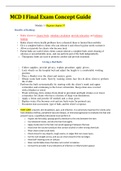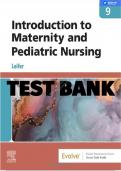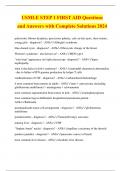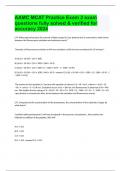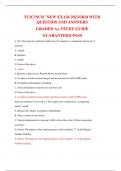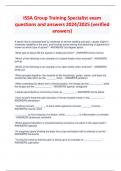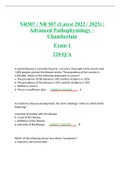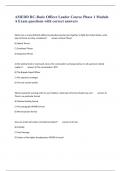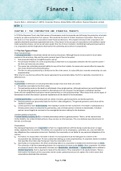Other
MCD I Final Exam Concept Guide {LATEST UPDATE} | Download To Score An A | Rasmussen College
- Course
- NURSING MISC
- Institution
- Rasmussen College
MCD I Final Exam Concept Guide Module 1- Hygiene chapter 37 Benefits of Bathing: • Bathe clients to cleanse body, stimulate circulation, provide relaxation, and enhance healing. • Bathe cl ients whose health problems have exhausted them or limited their mobility • Give a complete bath to clie...
[Show more]
